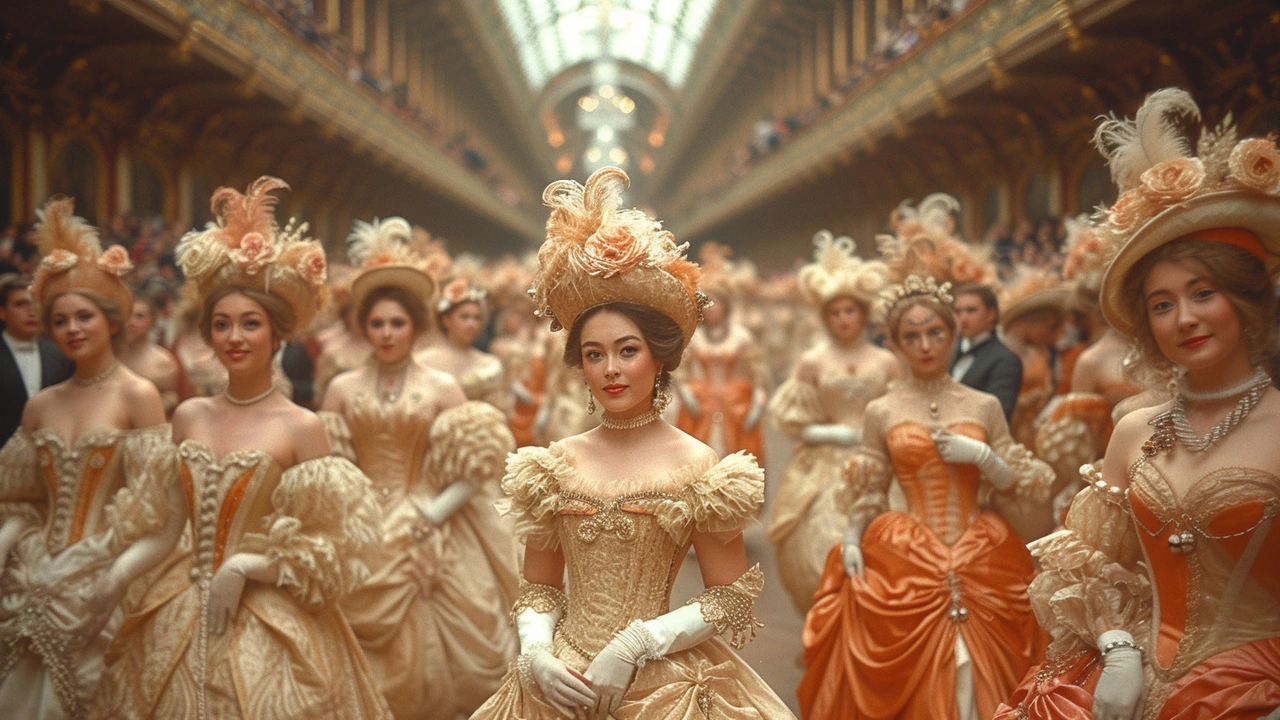Fashion Trends: How Art Movements Shape What We Wear
Art and fashion borrow from each other all the time. A painter’s color choices become a season’s palette, an architect’s clean line becomes a coat silhouette, and a radical art show can start a new streetwear look. If you want to understand fashion trends beyond magazines, watch what art movements are doing—it explains a lot fast.
Quick ways to spot art in fashion
Look for four clear signs. First, color rules: Bauhaus and De Stijl brought primary blocks and simple contrasts—think Mondrian-inspired dresses or color-block coats. Second, silhouette logic: Bauhaus and Constructivism favored function and geometry, which shows up as boxy jackets, straight trousers, and minimal seams. Third, ornament and drama: Baroque and the Baroque Revival love heavy textures, gold trims, and ruffles—perfect for eveningwear or statement accessories. Fourth, material and tech: Futurism and contemporary installation artists push metallics, plastics, and reflective fabrics used in performance and techwear.
Concrete examples make this easy. A De Stijl graphic print on a tee references modernism without copying a painting. A photorealism print—like a jacket covered in a city photograph—turns a garment into a conversation piece. Avant-garde home and art ideas also spill into fashion: exaggerated shapes, unexpected seams, and wearable sculptures show up on runways and in indie brands.
How to use art trends in your wardrobe
Start small. Pick one art cue and translate it into one piece. Want Bauhaus? Get a coat with clean blocks of color or a simple leather crossbody with strong lines. Into Baroque? Try a brooch or a velvet blazer with ornate buttons instead of a whole period outfit. Mixing works well: pair a photorealism print blouse with plain bottoms to keep the look wearable.
Think materials: swap a cheap satin for a heavier velvet when aiming for Baroque drama, or pick a glossy nylon when you want that Futurist shine. Scale matters—if a pattern is loud, keep other pieces neutral and textured. Use accessories to test trends: a Constructivist scarf in red and black, a Mondrian clutch, or a metallic belt can show commitment without breaking the bank.
Also consider context. Daywear needs function: pockets, comfortable cuts, and fabrics that care easy. Evening or editorial looks can be bolder—experiment with layering and unexpected shapes. If you care about sustainability, choose vintage pieces that already carry art-era signatures—vintage Bauhaus-inspired dresses or thrifted Baroque brooches bring authenticity and reduce waste.
Fashion trends shift fast, but art offers lasting cues you can adapt. Watch museum shows, follow designers who reference art movements, and try translating one clear idea into your outfits each season. That way your style feels purposeful, not just trendy.

